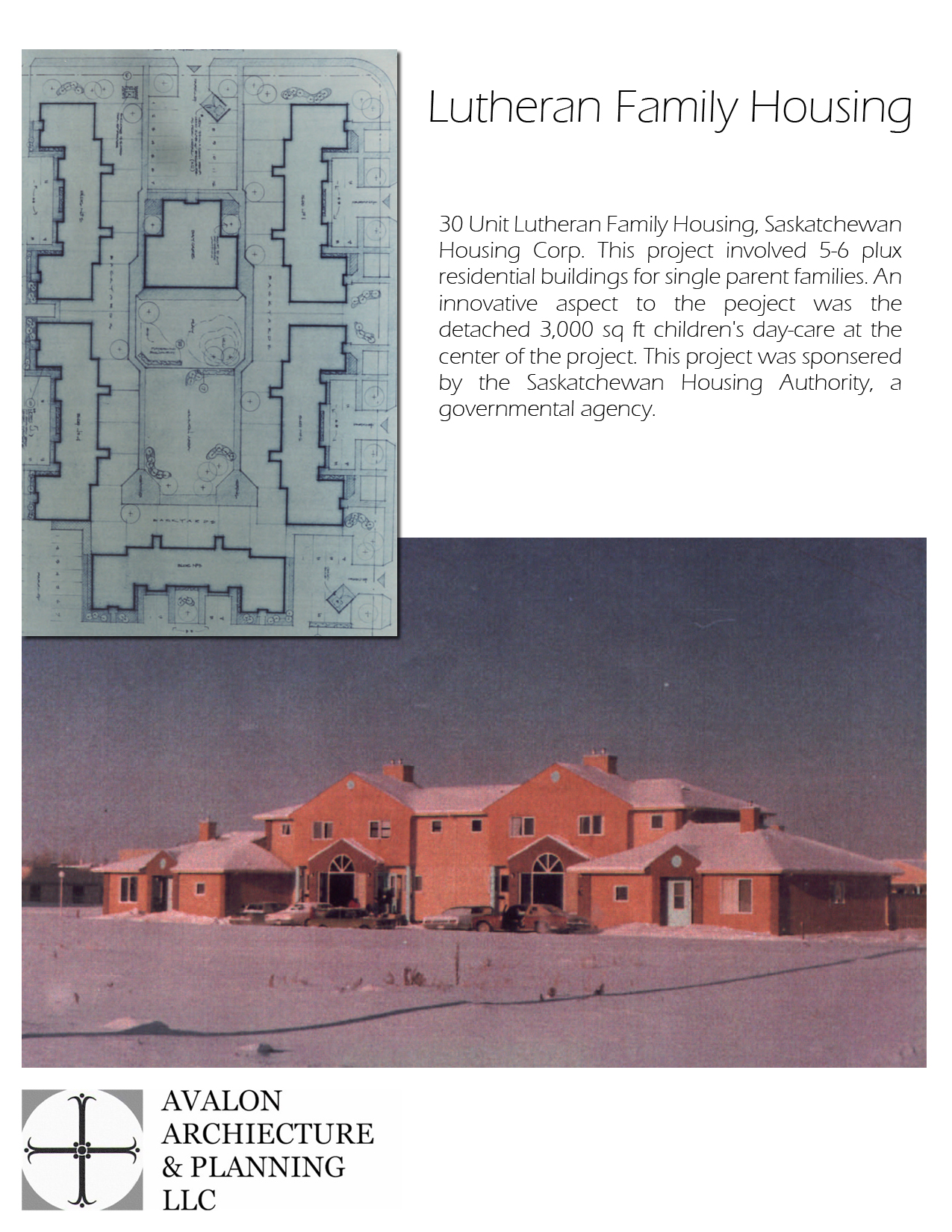
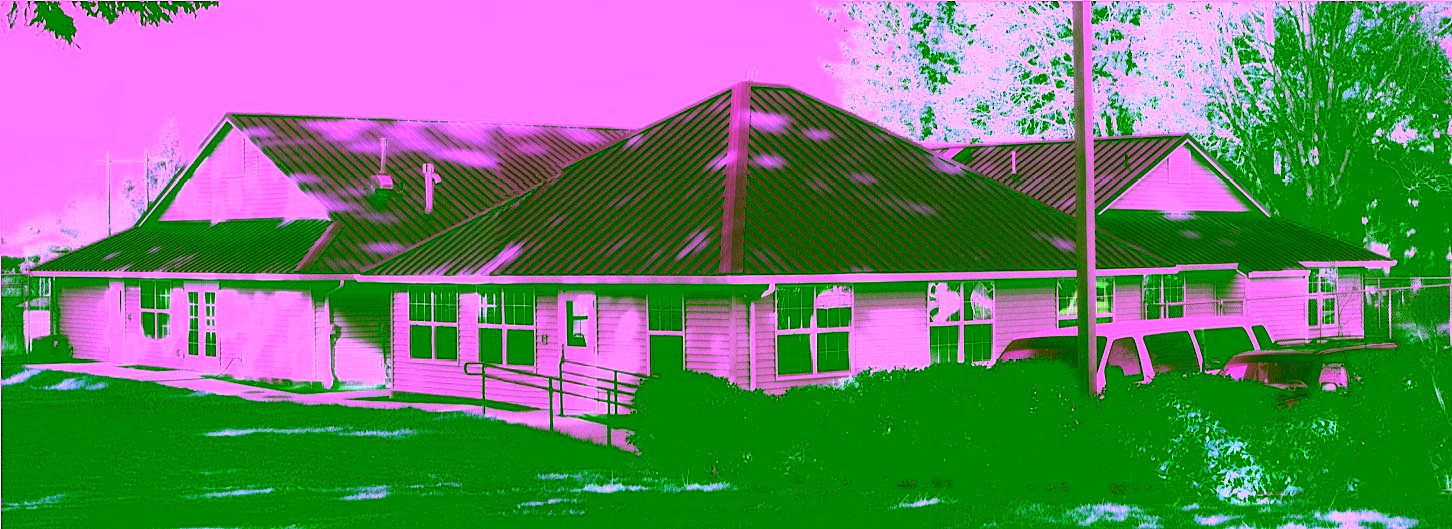
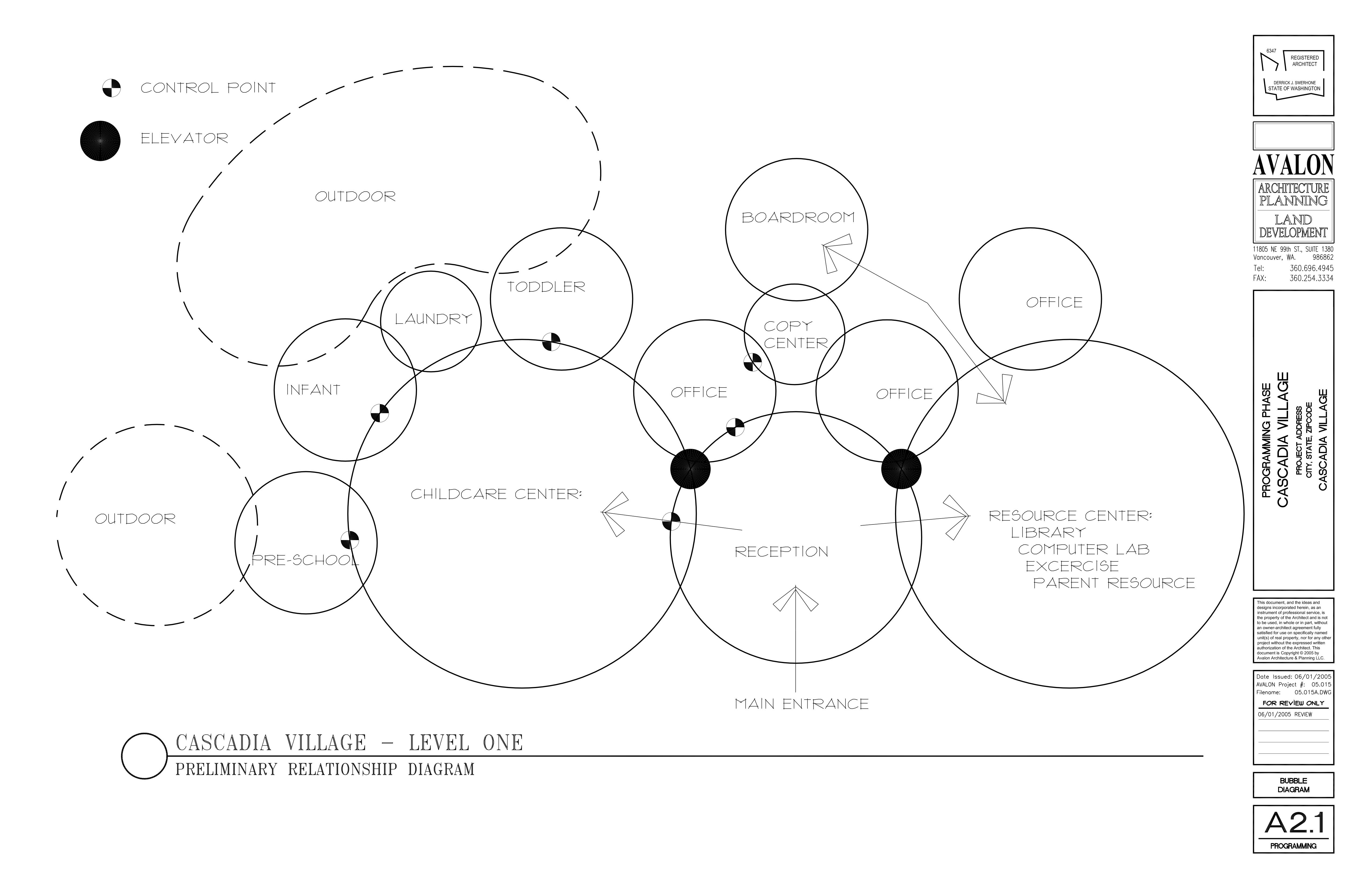
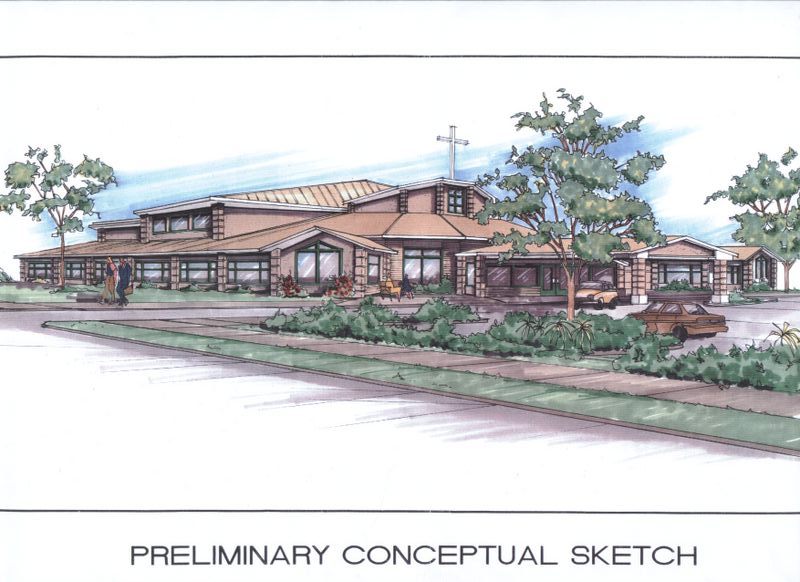
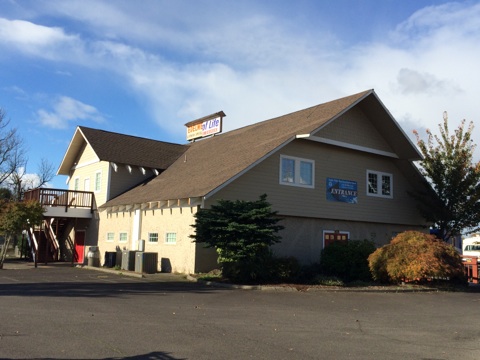
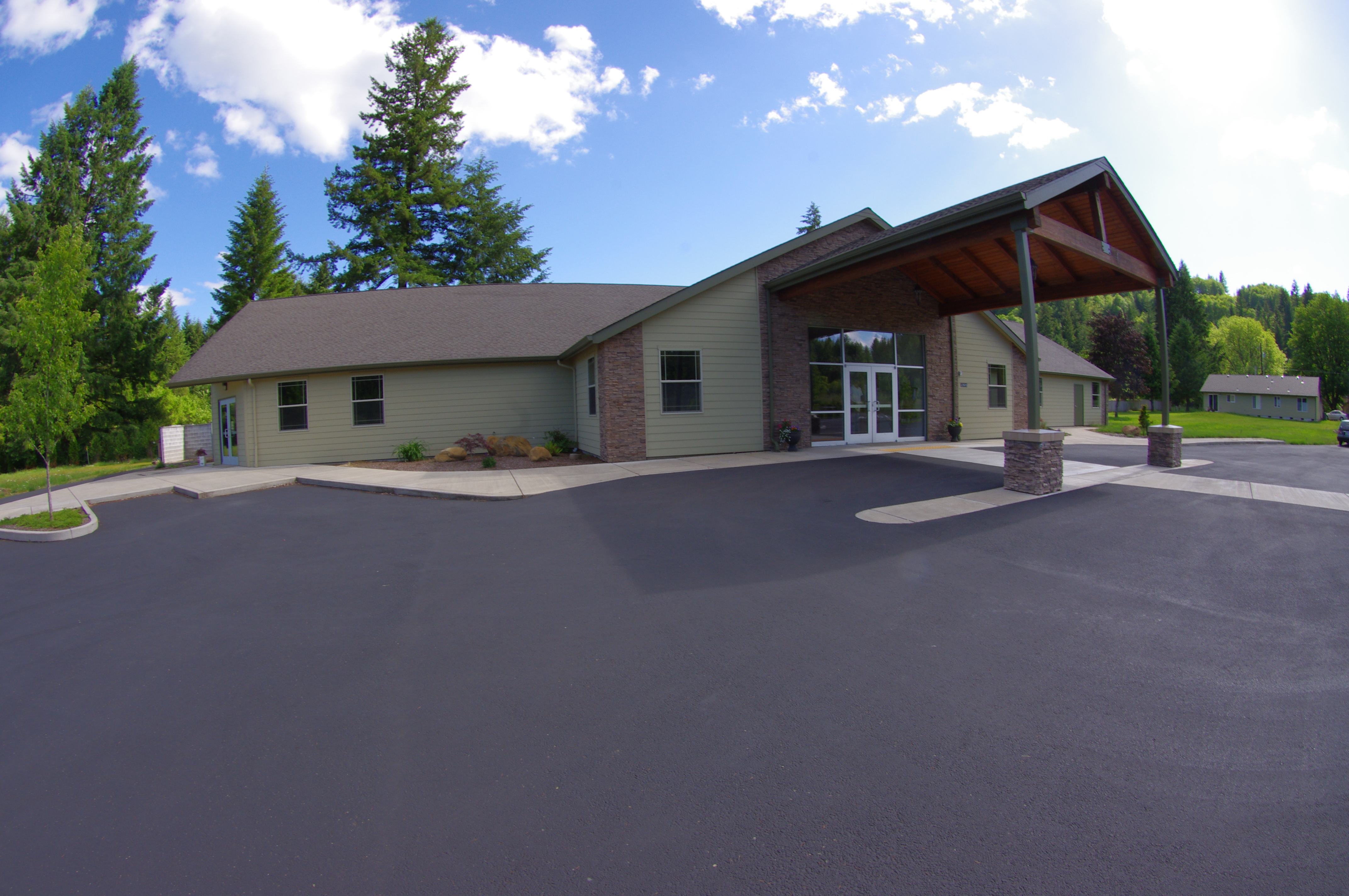
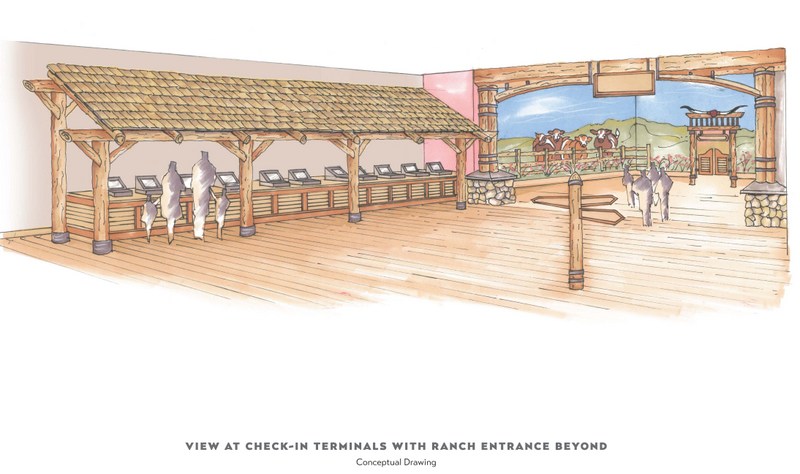
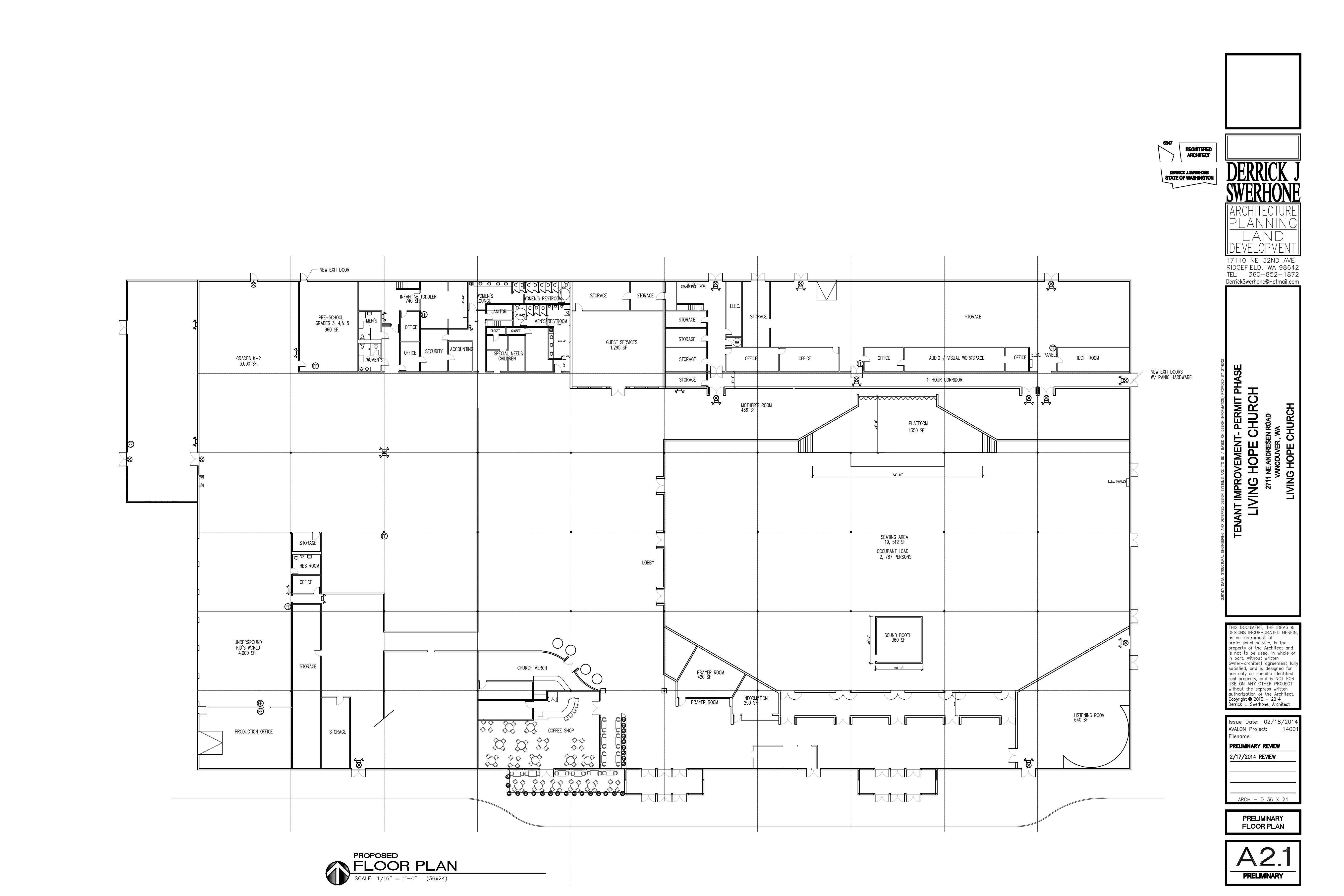
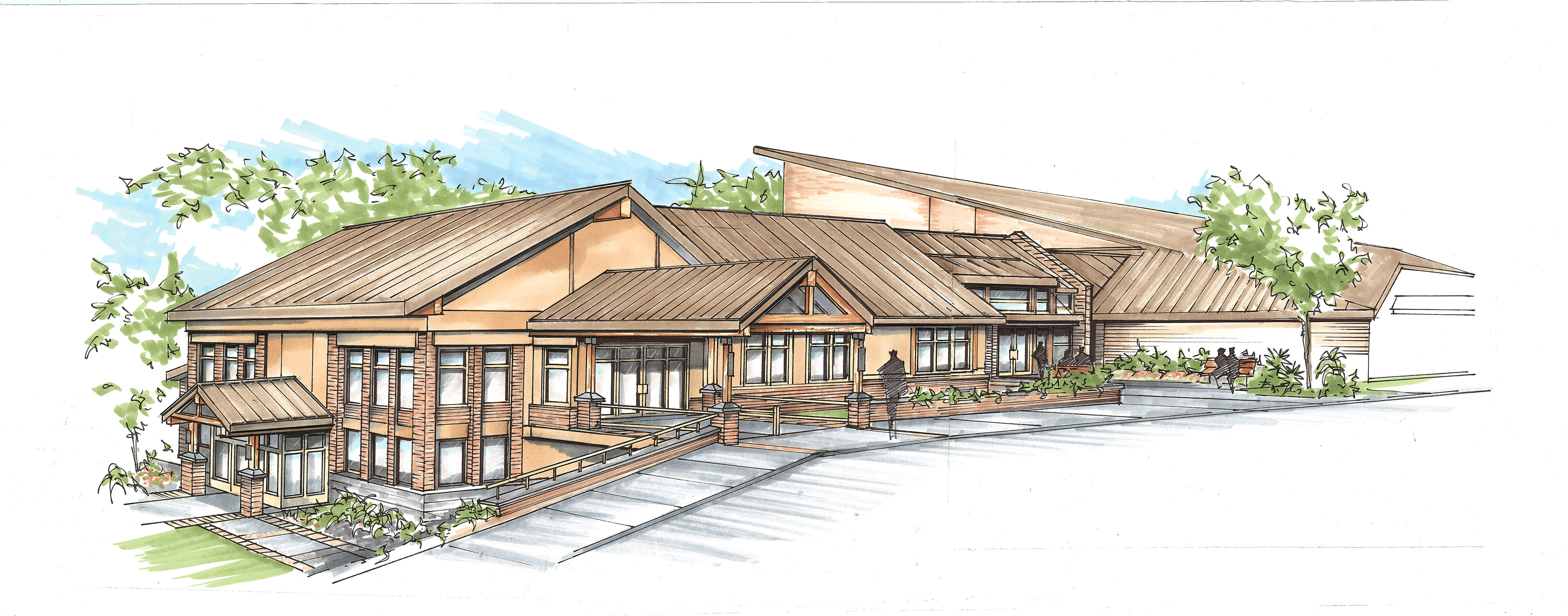
Churches
Derrick has worked on a broad range of church projects, for a broad variety of denominational congregations. Sensitivity to various traditions, beliefs, and an understanding of the heritage and culture are extremely important.
The role of the church today is changing, worship services now require the design approach once reserved for a performing arts center. Acoustics, lighting, lines of view, stage design, sound booths, back of stage, are some of the important considerations. There is also the whole aspect of community outreach, open to the public while offering security for occupants. The “Assembly Occupancy” is a very challenging occupancy type.
A popular and affordable approach by many pastors and church leadership is the adaptive use of existing buildings as a place of worship. When selecting a proper location and building, there are many variables to consider, ensuring that the existing commercial building will be an acceptable location for assembly occupancy. Important considerations are the underlying municipal zoning, construction type, sprinkler system, available parking, and lot location, to mention a few. We have assisted many churches in the process of building location; get us involved early in the selection process!






Daycare
Swerhone Architecture has a developed a range of experiences in the design and facilitation of children’s projects. Project’s such as children’s ministry centers, infant & toddler care facilities, to full time daycares for all ages. These projects are really designed around the family with appropriate security and care. Parents need the knowledge that there precious baby or child is left in a stimulating, caring, secure & safe environment.
We are extremely knowledgeable and understand current zoning and building code requirements, which are essential in developing Daycares. These occupancies are generally mixed-use occupancies or tenant improvements; with occupancy designations based variables, such of construction types, user demographics and location. Whether it is a childcare that caters to infants, while parents attend services, or is cared for 4 hrs M-F, architectural permit requirements may change. License and occupancy requirements are generally adjudicated through multi agency reviews, with city, county, state, and federal codes & ordinances.
Programming is also an important aspect to overall success, which works hand in hand with functional requirements of the institution alongside federal, state, and local jurisdictional regulations. Drop-off, check-in process, and relationship to parking are all important considerations in the early design phase.
Derrick provided design facilitation, in a series of workshops, working closely with a blue ribbon building committee, comprised of an experienced and enthusiastic group of childcare professionals from both the private and public educational sector.


Group Care
Facility programming and code awareness is the key to successful group care facilities.
Programming is most important in determining functional requirements such as; adjacencies, security, circulation, public to private spaces, classrooms, food services, and sleeping rooms. Specific requirements could include time delayed locks, non-scalable perimeter fencing, and toilet and lavatory locations.
Most states have specific regulations governing the design and occupancy of group residential facilities. Very often there is different state regulating agencies all requiring different set of rules pertaining to different aspects. These laws are in separate state regulations, which include procedural and functional program requirements. An example may be a state procedural regulation which requires a separate clean and soiled laundry facilities, while a separate state regulation will regulate the dimensional requirements. In addition to a broad range of state mandates there are also national building codes, requiring specific construction types and life safety regulations. Local zoning ordinances also determine location, setbacks, and densities. Some local jurisdictions will allow residential group care in low density residential district provided the applicant obtain a conditional use permit for operation.

